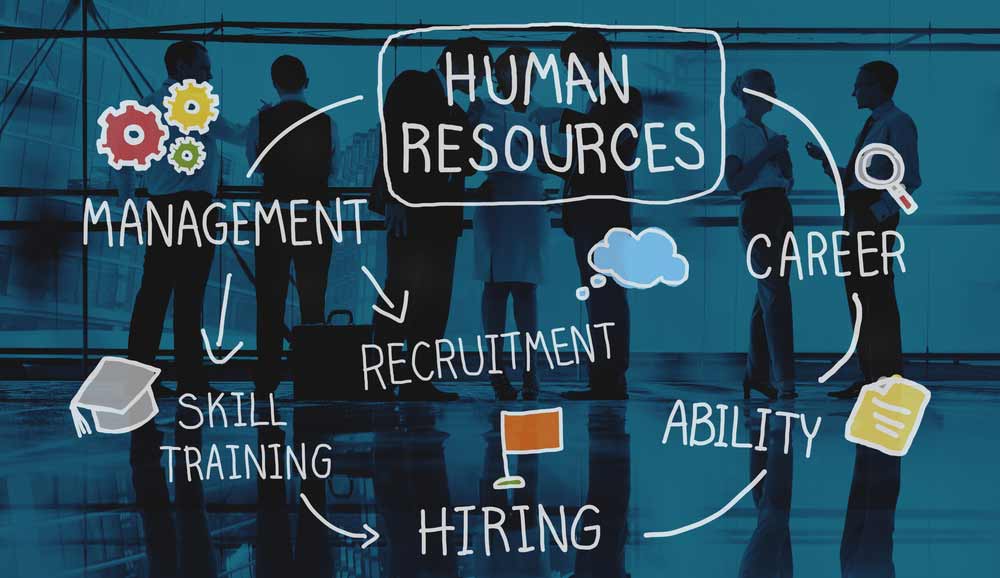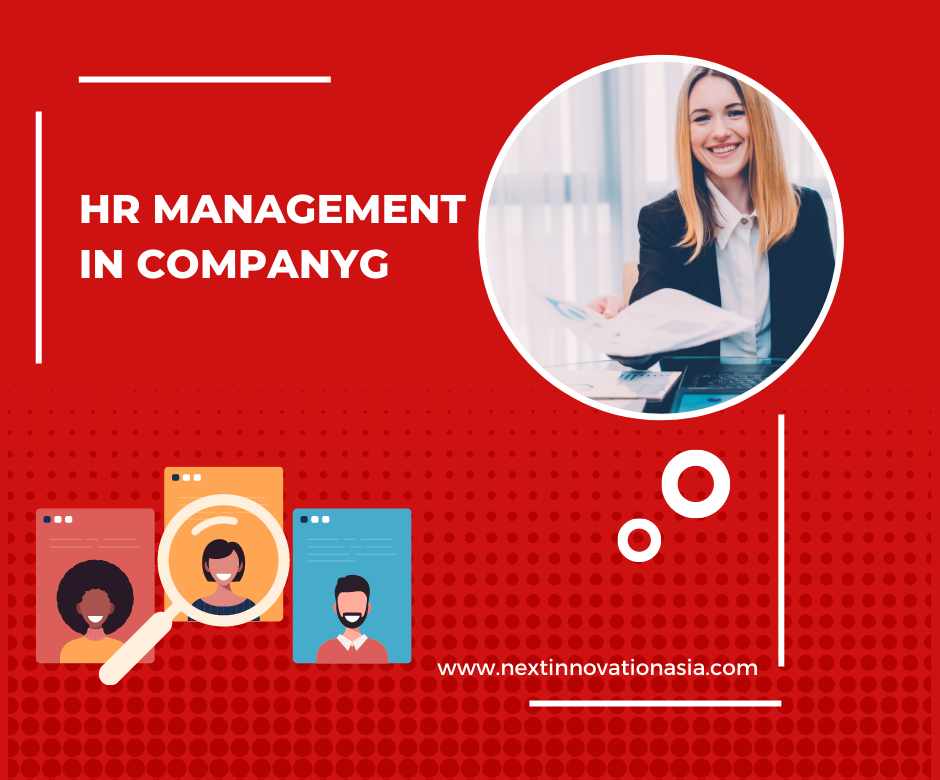Human resources in organisation
Human resources (HR) in an organization is a department or function that is responsible for managing and developing the human capital of the organization. The HR department plays a critical role in recruiting, hiring, training, and retaining employees, as well as ensuring their well-being and compliance with employment laws and regulations. Here are some key aspects of human resources in an organization:
Recruitment and Selection:
HR is responsible for attracting qualified candidates for job openings through various recruitment methods, such as advertising, job postings, and partnering with recruitment agencies. They screen and select candidates based on their skills, qualifications, and fit with the organization’s culture.
Onboarding and Orientation:
HR facilitates the onboarding process for new hires, ensuring they receive the necessary information, training, and resources to integrate smoothly into the organization. They may conduct orientation programs to familiarize new employees with the company’s policies, procedures, and work environment.
Employee Relations:
HR acts as a bridge between management and employees, handling issues related to employee grievances, conflicts, and disciplinary actions. They promote positive employee relations and may develop and implement policies and programs to foster a healthy work environment.
Training and Development:
HR identifies training needs and designs or coordinates training programs to enhance employees’ skills, knowledge, and professional growth. This can include technical training, leadership development, and employee wellness programs.
Compensation and Benefits:
HR plays a key role in designing and administering compensation and benefits packages. They conduct salary surveys, establish pay structures, manage payroll, and ensure compliance with labor laws. They also administer employee benefits programs, such as health insurance, retirement plans, and paid time off.
Performance Management:
HR develops and implements performance management systems to assess and evaluate employee performance. They may establish performance goals, conduct performance appraisals, and provide feedback to employees. HR also supports career development and succession planning initiatives.
Employee Engagement and Retention:
HR focuses on creating a positive work environment that fosters employee engagement, satisfaction, and retention. They may organize employee engagement initiatives, such as employee recognition programs, team-building activities, and employee surveys to gather feedback.
Legal Compliance:
HR ensures that the organization complies with labor laws, employment regulations, and industry standards. They stay updated on employment laws, handle issues related to employee rights, and ensure the organization’s policies and practices align with legal requirements.
HR Information Systems:
HR utilizes technology and HR information systems to manage employee data, track employee records, automate processes such as payroll and benefits administration, and generate reports for management.
Strategic Planning:
HR collaborates with organizational leaders to align HR strategies with overall business goals. They contribute to strategic planning, workforce planning, and talent management initiatives to ensure the organization has the right talent to meet its objectives.
The role of HR may vary depending on the organization’s size, industry, and structure. However, the primary focus remains on managing and developing the organization’s human capital to drive employee productivity, satisfaction, and organizational success.
Strategic Role of HRM
The human resources management team suggests to the management team how to strategically manage people as business resources. This includes recruiting and hiring employees with specific skill sets to meet the company’s current and future goals, coordinating employee benefits and suggesting employee training and development strategies. In this way, HR professionals are consultants, not workers in an isolated business function; they advise managers on many issues related to employees and how they help the organization achieve its goals.
Developing Skills for the Future
At all levels of the organization, managers and HR professionals work together to develop employees’ skills. For example, HR professionals advise managers and supervisors how to assign employees to different roles in the organization, thereby helping the organization adapt successfully to its environment. In a flexible organization, employees are shifted around to different business functions based on business priorities and employee preferences.
Building Loyalty and Commitment
HR professionals also suggest strategies for increasing employee commitment to the organization. This begins with using the recruiting process or matching employees with the right positions according to their qualifications. Once hired, employees must be committed to their jobs and feel challenged throughout the year by their manager.
Building a Talent Pipeline
An HRM team helps a business develop a competitive advantage, which involves building the capacity of the company so it can offer a unique set of goods or services to its customers. To build the an effective human resources, private companies compete with each other in a “war for talent.” It’s not just about hiring talent; this game is about keeping people and helping them grow and stay committed over the long term.
Staying Current and Competitive
Human resource management requires strategic planning to address not only the changing needs of an employer but also a constantly shifting competitive job market. Employee benefit packages must be continually assessed for costs to the employer. Tweaking the packages also provides an opportunity to increase employee retention through the addition of vacation days, flexible working arrangements or retirement plan enhancements. For example, in recent years many human resource professionals have overseen the addition of preventative health components to traditional health plans for both employment recruitment and retention efforts.
Objective of being an HR :
Human resources and general administration can be merged into a single position that combines employee development with office administration duties. This position is sometimes referred to as human resources administrator. It can serve as a bridge bringing employees and employers together on a range of matters such as job training, health benefits, company policy and compensation, according to the Society for Human Resource Management.
Building Employees
An HR general administrator’s main objective is to help the employer recruit, manage, develop, organize and motivate employees. This position is key in helping an employer meet the goal of higher productivity and employee engagement, according to a human resources career description by the career services center at the University of Michigan’s Ross School of Business. Each workday might involve a wide spectrum of tasks that include planning HR strategy, mentoring employees, implementing training programs, facilitating workplace communication or addressing management’s concerns.
Understanding the Company
One of the most important objectives an HR administrator can focus on is developing employee skills in a way that lets them better contribute to the organization’s productivity and financial success, according to a 2014 Forbes article by Edward E. Lawler III, a professor at the University of California’s Marshall School of Business. An HR administrator with this objective will seek a thorough understanding of the skills her organization needs in its employees and managers and look for the best ways to secure those skills within the company ranks.
Upgrading Processes
Keeping up with the latest HR software and technology is an objective for your administrator. For example, a rising number of job candidates are finding jobs using mobile devices rather than desktop computers, according to a 2013 Forbes article by Josh Bersin, founder of the research firm Bersin by Deloitte. Proficiency with a mobile app designed to attract new recruits can improve your administrator’s recruiting success. Additionally, learning about the latest software available to help test skills and screen backgrounds on new recruits can make an HR administrator more efficient at finding needed talent, Bersin said.
Guiding Transitions
The HR and general administrator might also be tasked with helping orchestrate the smooth transition of an organization’s change of leadership or company direction. For example, if your company merges with another one, your administrator’s prime objective might be to help employees adjust to their new department heads or job descriptions. According to the Ross School of Business, widespread company changes typically require an administrator’s help in reassessing a company’s plans regarding hiring, training, compensation and strategy.
Next Innovation Asia


